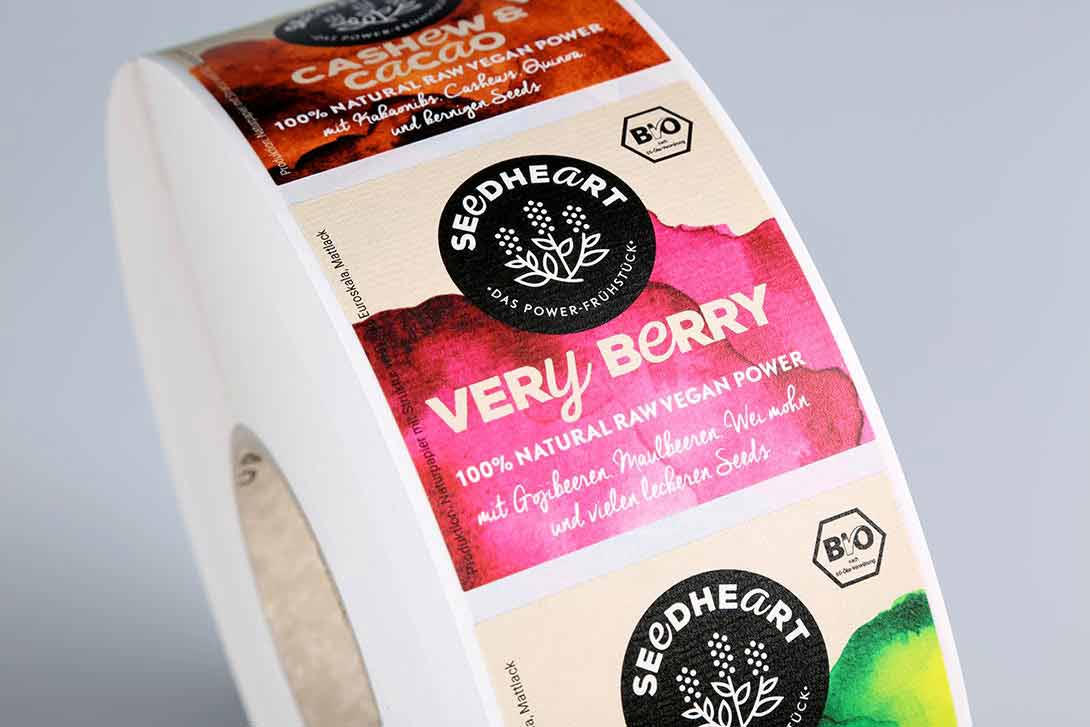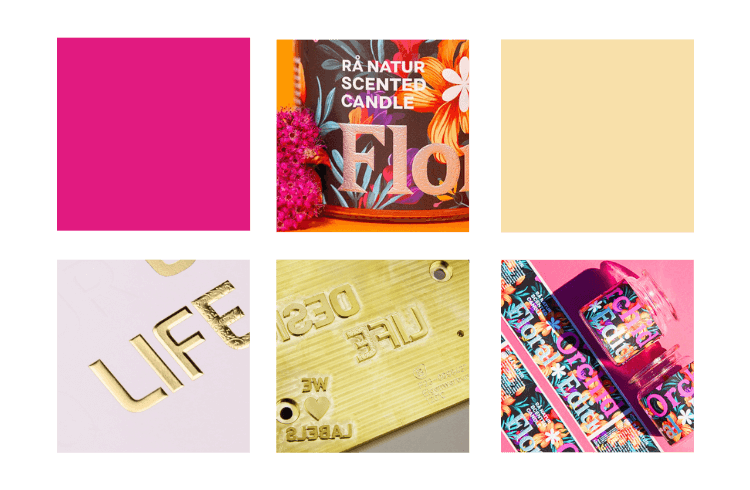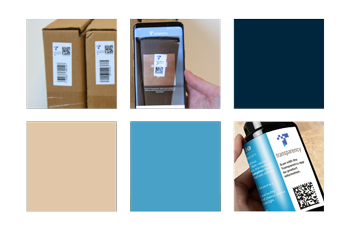The Psychology Behind Product Labels & Shelf Appeal
Once, product branding was much simpler. The odds of a product being displayed along with more than two or three competing brands were low, and it was a simple thing to get the attention of consumers.
Today, that simply isn’t the case.
A consumer goes into a supermarket or high street store, and is immediately confronted with shelves upon shelves, all packed tight with dozens or even hundreds of competing brands and products. Each label is clamouring for attention, and for a product to truly ‘stand out’ in this environment requires subtlety in addition to bright colours and recognisable branding.
Product labels today need to employ the tools of psychology, as well as marketing.
To that end, there have been a number of very valuable studies carried out on product packaging design, and the actual, measurable effects is has on consumers. These studies don’t look at sales figures, but judge the effectiveness of the labels themselves, irrespective of brand loyalty and purchasing decisions. Most use sensors to track the actual eye movements of volunteers as they are shown a selection of labels or mock-labels, and the results show clearly which design elements draw attention, and which hold that attention longer.

Of course, each one comes up with slightly different results, and many are contradictory. Each one has its strengths and weaknesses in terms of experimental design as well. However, when properly aggregated, they can tell us quite a lot about the consumer psychology behind a label’s effectiveness. That understanding makes it possible to engineer more effective product labels, for any and all brands.
So, What are the Actual Results of These Studies?
To start with the most general, we now know that the labelling elements that were most successful were also those that heightened engagement among study volunteers. Packages that achieved high levels of engagement were more than twice as likely to be ‘loved’ by study participants, and more importantly, the contents were almost 6 times as likely to be seen as ‘high quality’ than the average.
Wonderful, but Not Really Surprising. Do They Say How to Create this Kind of Engagement?
Actually, yes. They keys to achieving customer engagement are:
- Presenting product information clearly and accessibly
- Bright colours including a bright, clear brand icon or logo
- Use of handwriting, or a font that appears hand-written
- Simple, easy to interpret imagery
- A personal message which causes an emotional response
It isn’t just a laundry list of branding ‘must haves’, though. These studies suggest that certain label design processes are simply more effective.
These are the real ‘must haves’.
Never Forget that the Label Must Convey the Product First.
It can be easy to lose the product’s identity and vital information in a sea of ‘design elements’. Make sure your label works AS a label, first and foremost.
Next, Grab the Consumer’s Attention Quickly.
Remember, your product can easily be lost in a sea of bright, distracting competing labels, most of them as cunningly designed as yours. To get consumer attention in that environment, you have to target the psychology of what makes shoppers shop specifically.
The studies even point out seven excellent strategies to do just that:
- Place the label in the centre of the product
- Use contrasting colours (tastefully).
- Be surprising – use unexpected imagery or patterns.
- Guide the consumer visually, not textually.
- Keep the design relevant to both consumer and product.
- Appeal to consumers’ emotions using words and images.
- And while doing all that, stay simple.
That last one is probably what will keep well paid designers well paid for the next decade or so.
Once you have a Consumer’s Attention, What do You Do with It?
Well, that’s where the ‘one size fits all’ answers start to dry up. When plotting a strategy for turning their attention into a sale, consider these factors:
#1 People have only so much attention to spare. You have to engage and sell within a second or two, or their gaze will pass your product by.
#2 People make purchasing decisions emotionally first, then look for a logical reason to support that choice. Give them both, and in that order.
#3 Once you have made them want a product, recommendations. Endorsements or awards are a great way to give them the ‘permission to buy’ that they need.



